One Flash!
Great Photography with Just One Light
Tilo Gockel
Ebook, Lighting, Photography, Popular Techniques
Amazing images are possible with just one flash!
Today’s speedlights may be small but they are mighty…that is, if you know how to use them. In this book, flash photography pro Tilo Gockel teaches the secrets to capturing beautifully lit images using just one flash! The first section of the...
Read More
Read More
- eBook: $31.99
| BOOK AUTHOR | Tilo Gockel |
|---|---|
| PAGE COUNT | 232 pages |
| TRIM SIZE | 8 x 10in |
| COVER | Soft Cover |
| ISBN | 978-1-937538-71-2 |
| PUBLISH DATE | 09/2015 |
3 reviews for One Flash!
You must be logged in to post a review.
Related Products
-
Out of stock
Picture Perfect Lighting
Ebook, Lighting, Photography, Popular Techniques, Portrait, Print, Print and digital bundle This product has multiple variants. The options may be chosen on the product page Price range: $39.99 through $59.99Picture Perfect Lighting
Ebook, Lighting, Photography, Popular Techniques, Portrait, Print, Print and digital bundle This product has multiple variants. The options may be chosen on the product page Price range: $39.99 through $59.99
Related Products
-
Out of stock
Picture Perfect Lighting
Ebook, Lighting, Photography, Popular Techniques, Portrait, Print, Print and digital bundle This product has multiple variants. The options may be chosen on the product page Price range: $39.99 through $59.99Picture Perfect Lighting
Ebook, Lighting, Photography, Popular Techniques, Portrait, Print, Print and digital bundle This product has multiple variants. The options may be chosen on the product page Price range: $39.99 through $59.99

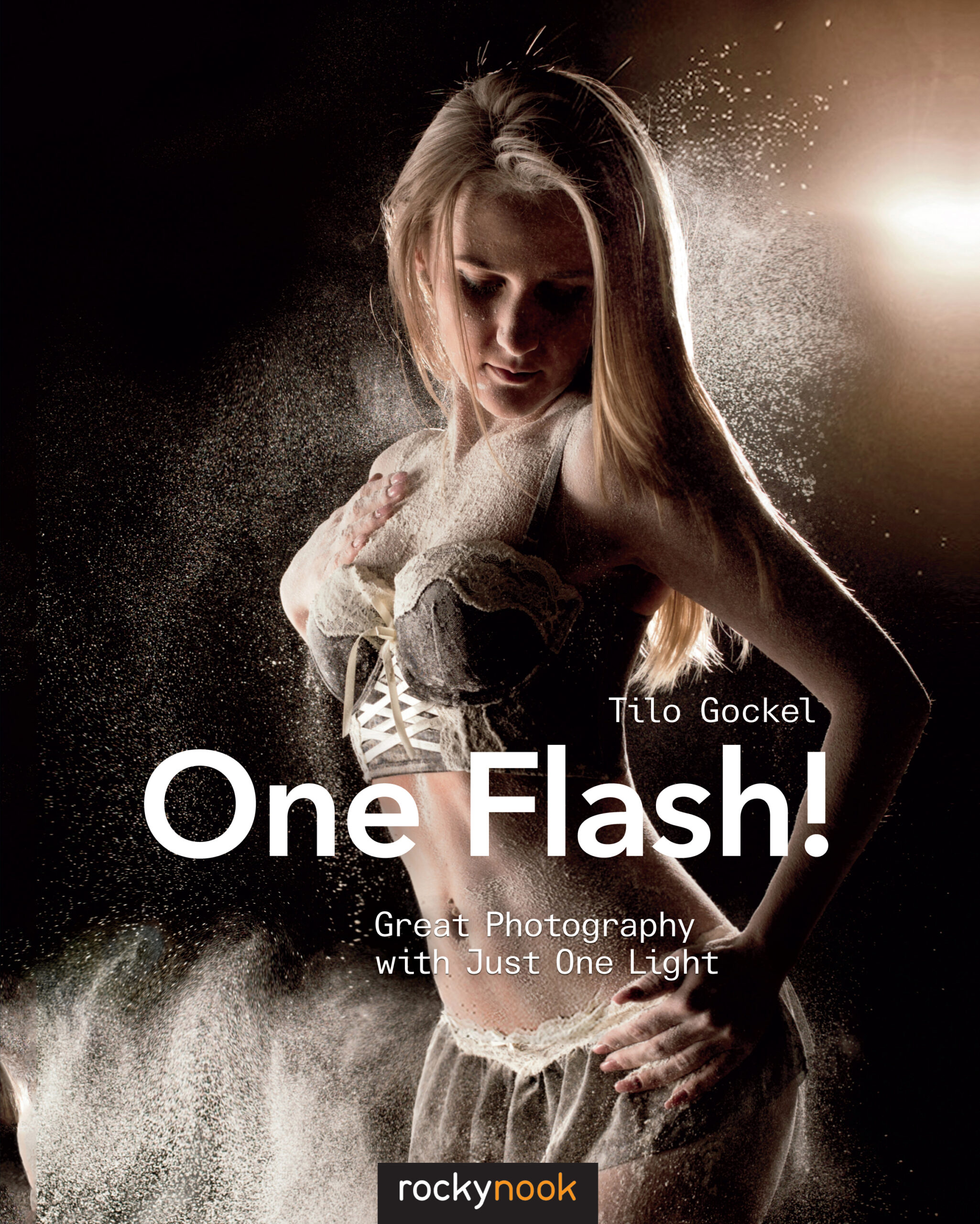

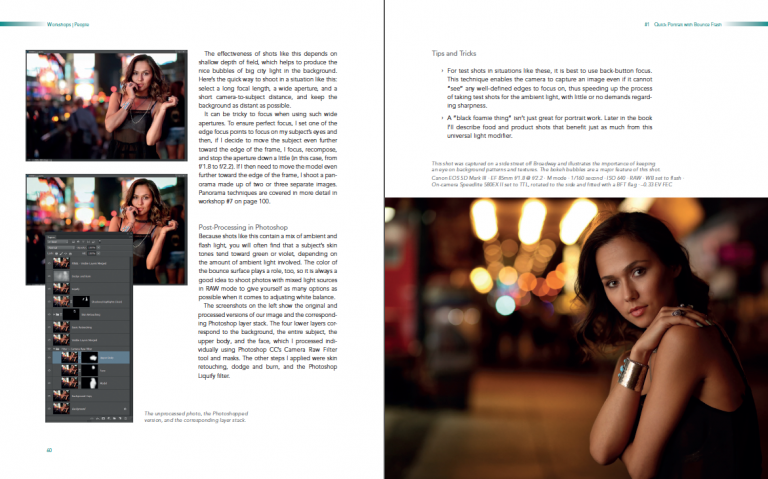
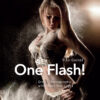
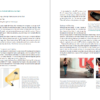
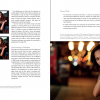
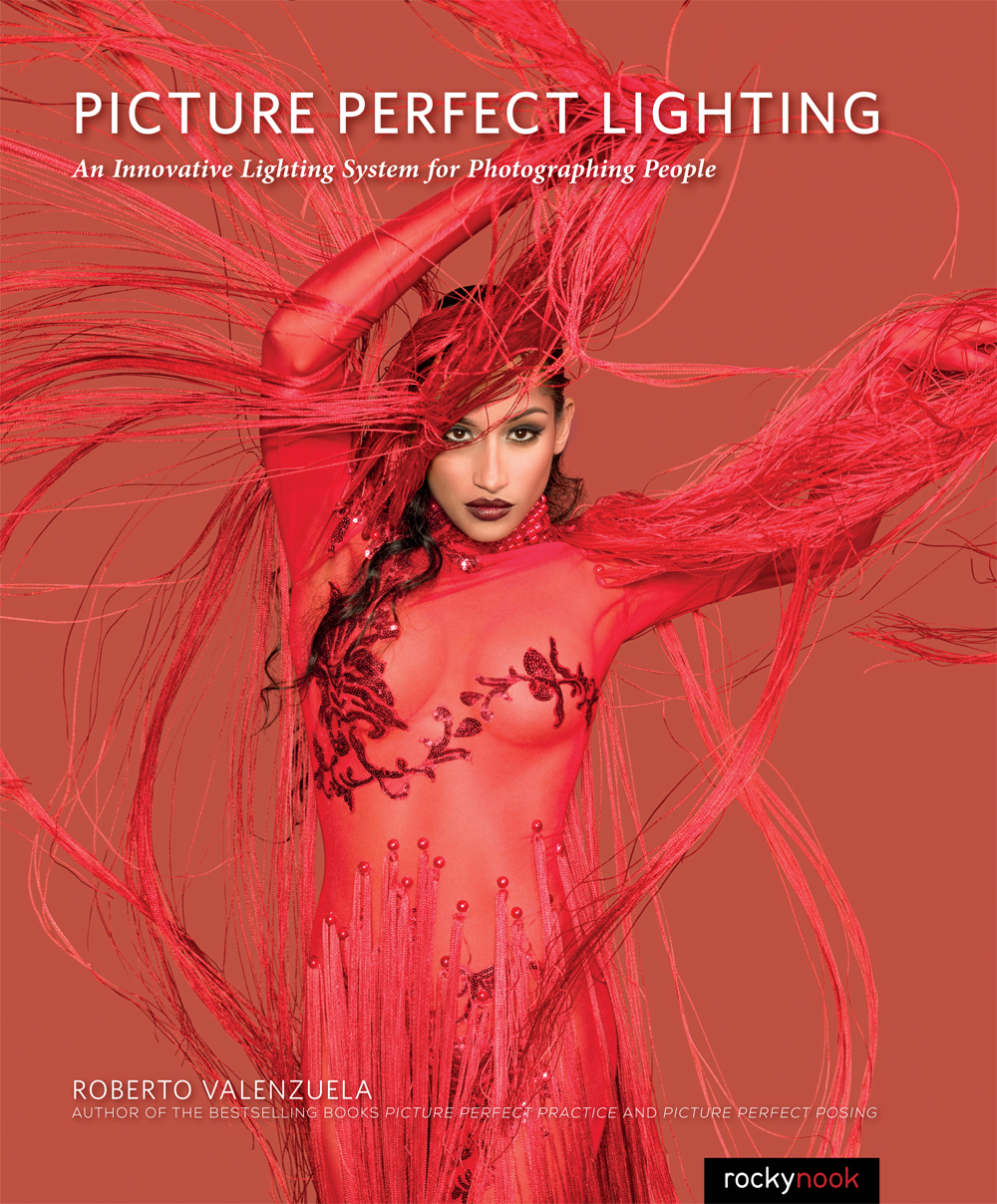
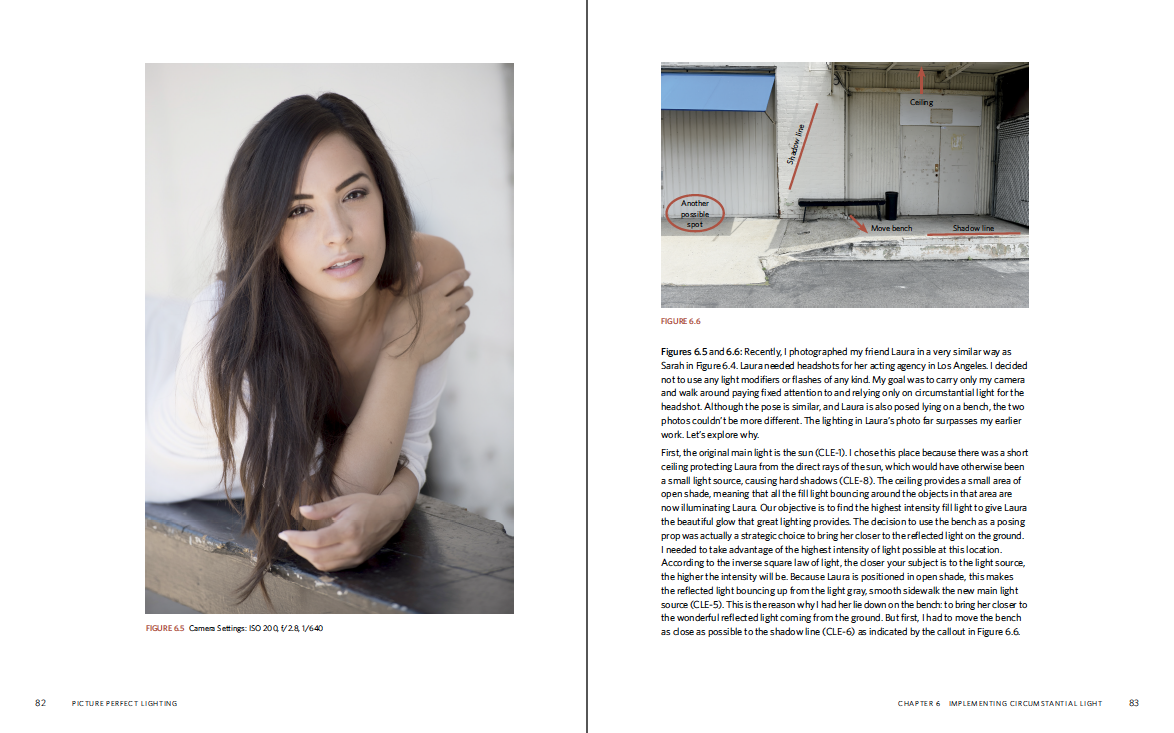
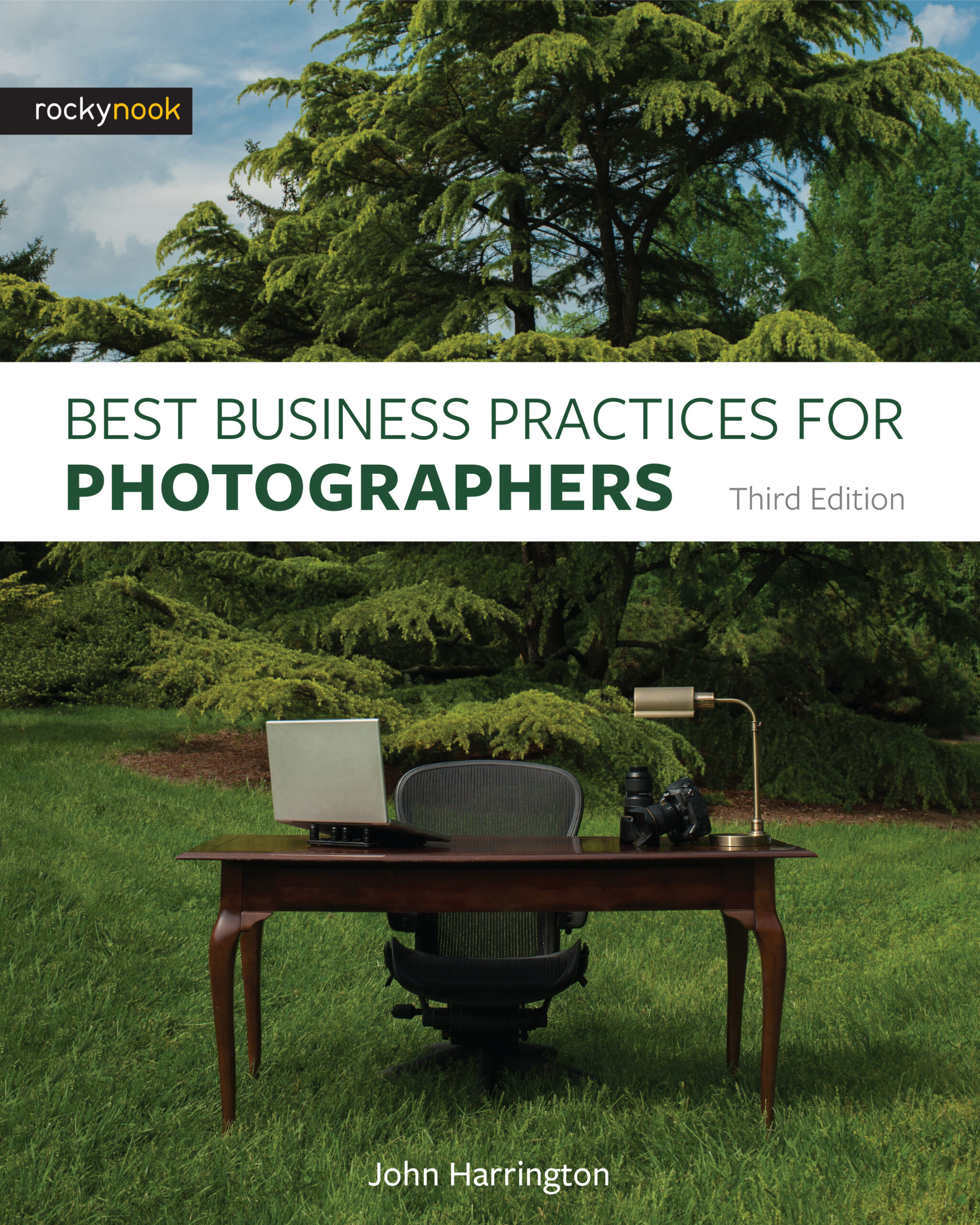

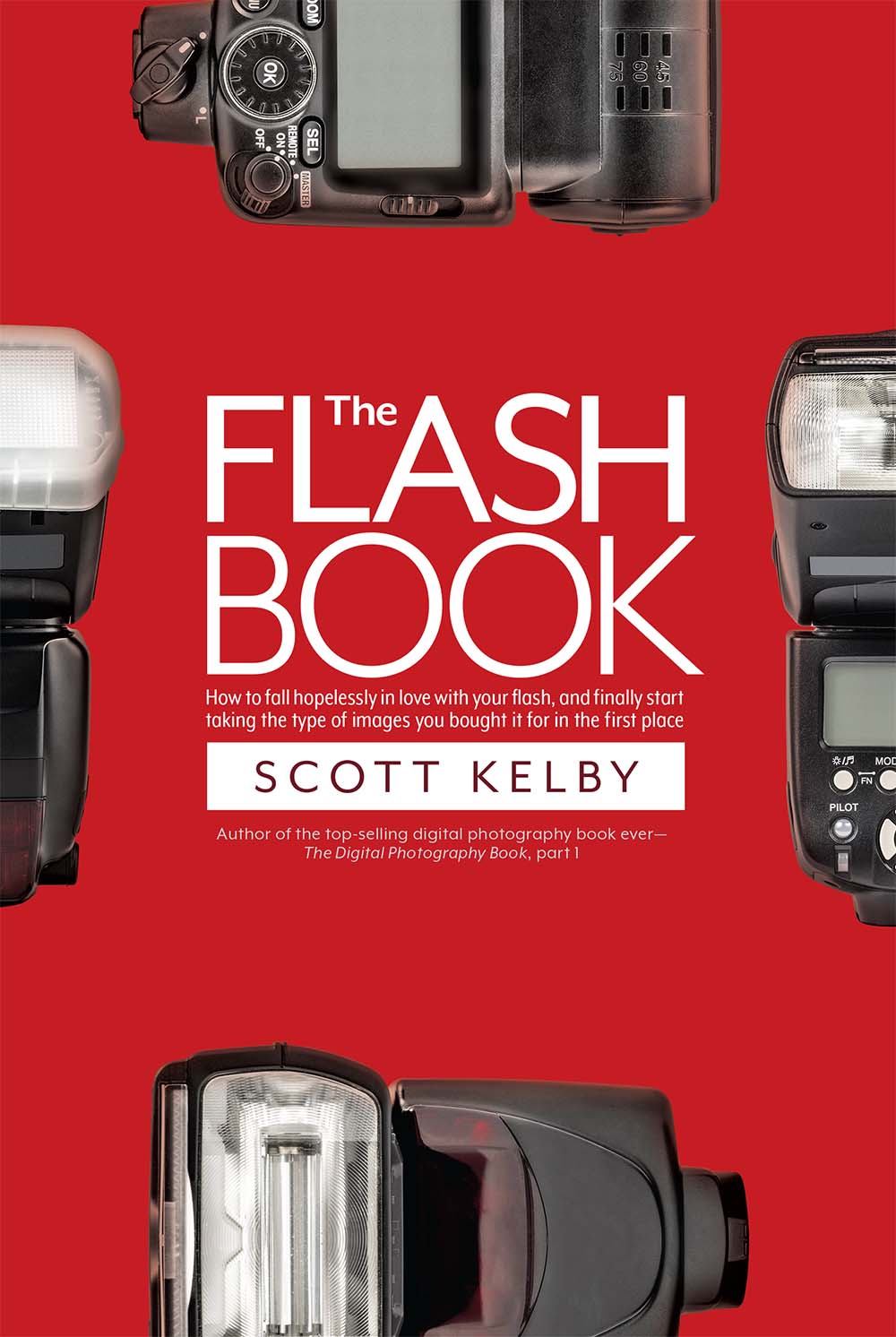
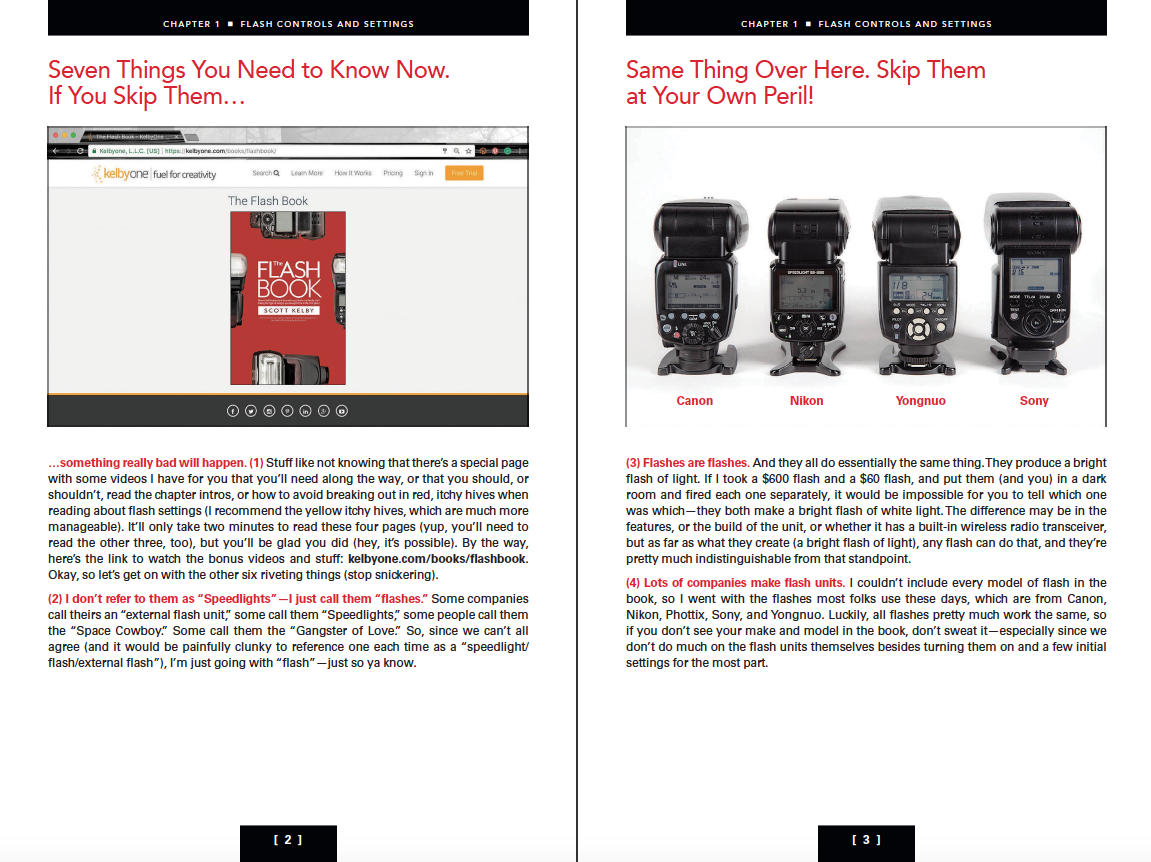

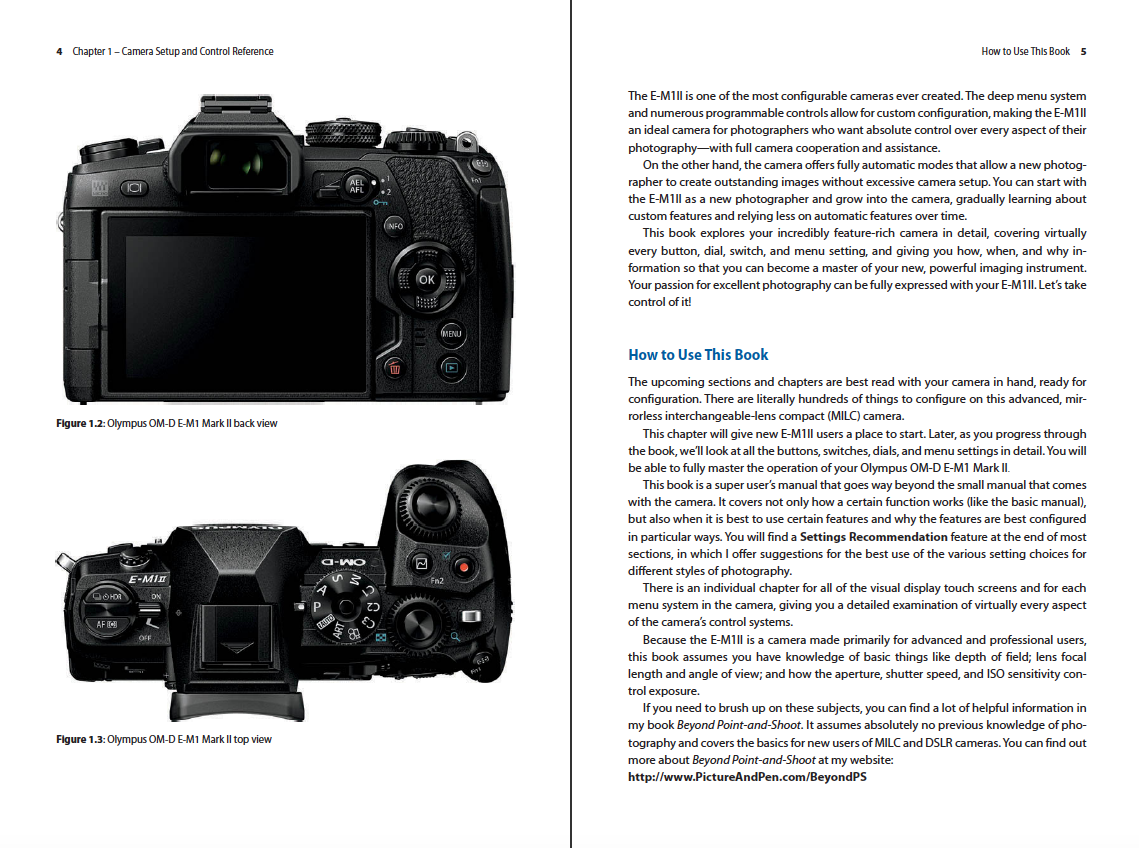
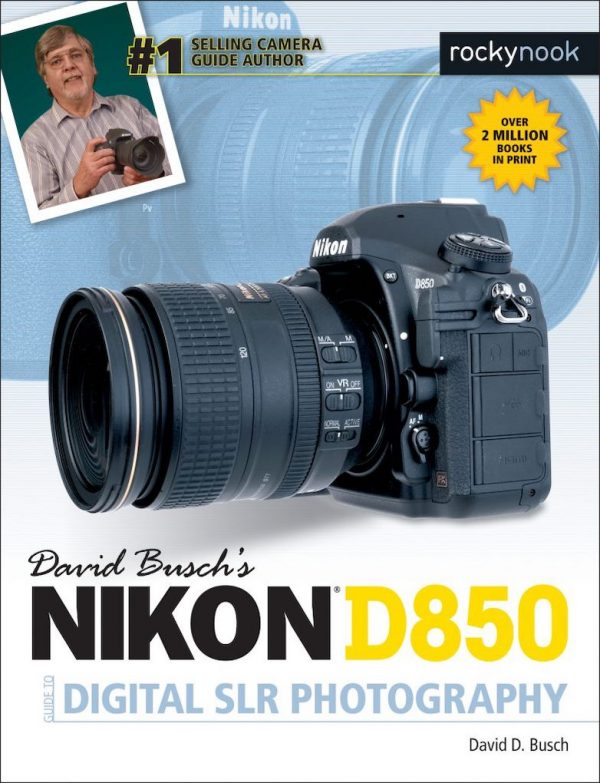

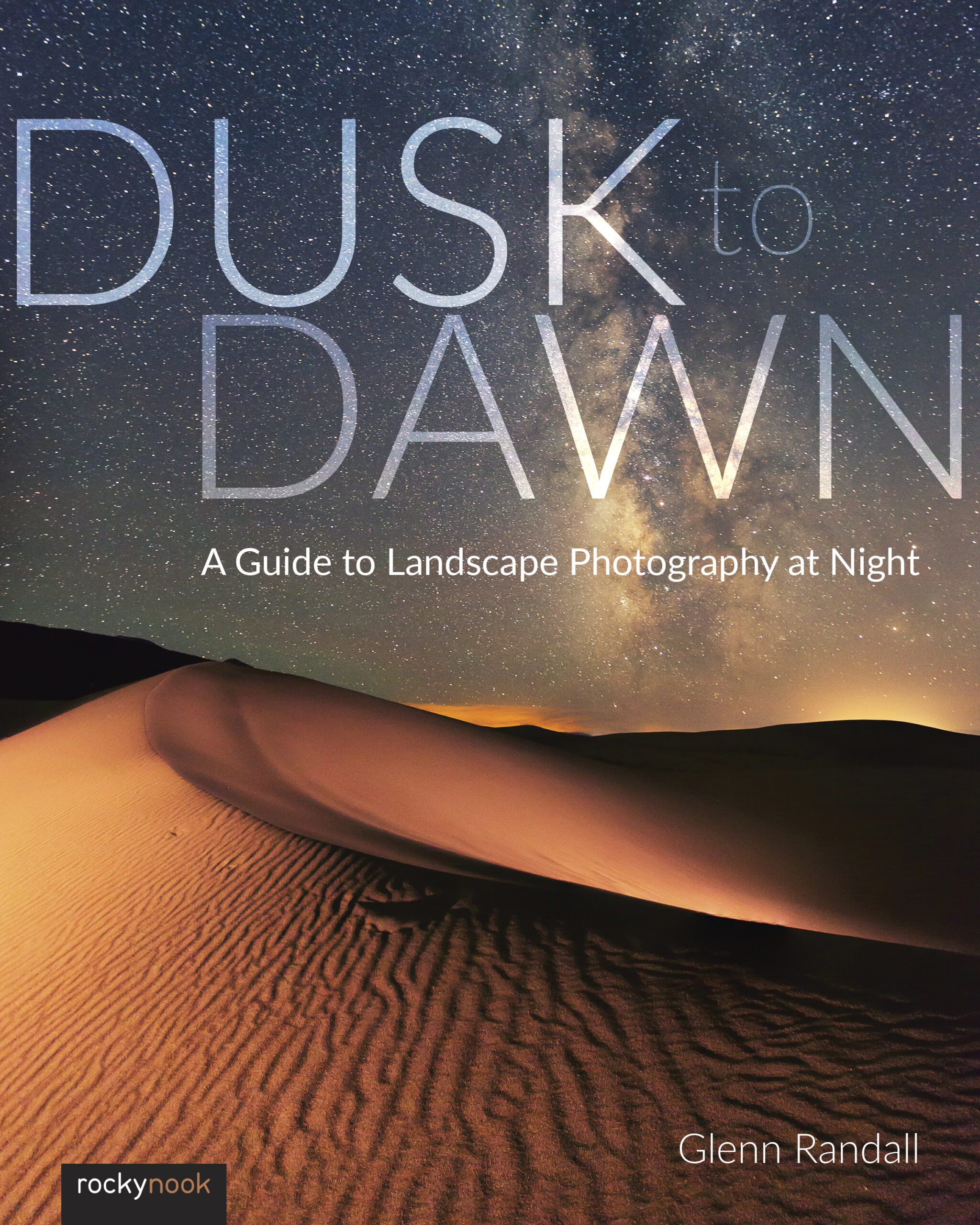

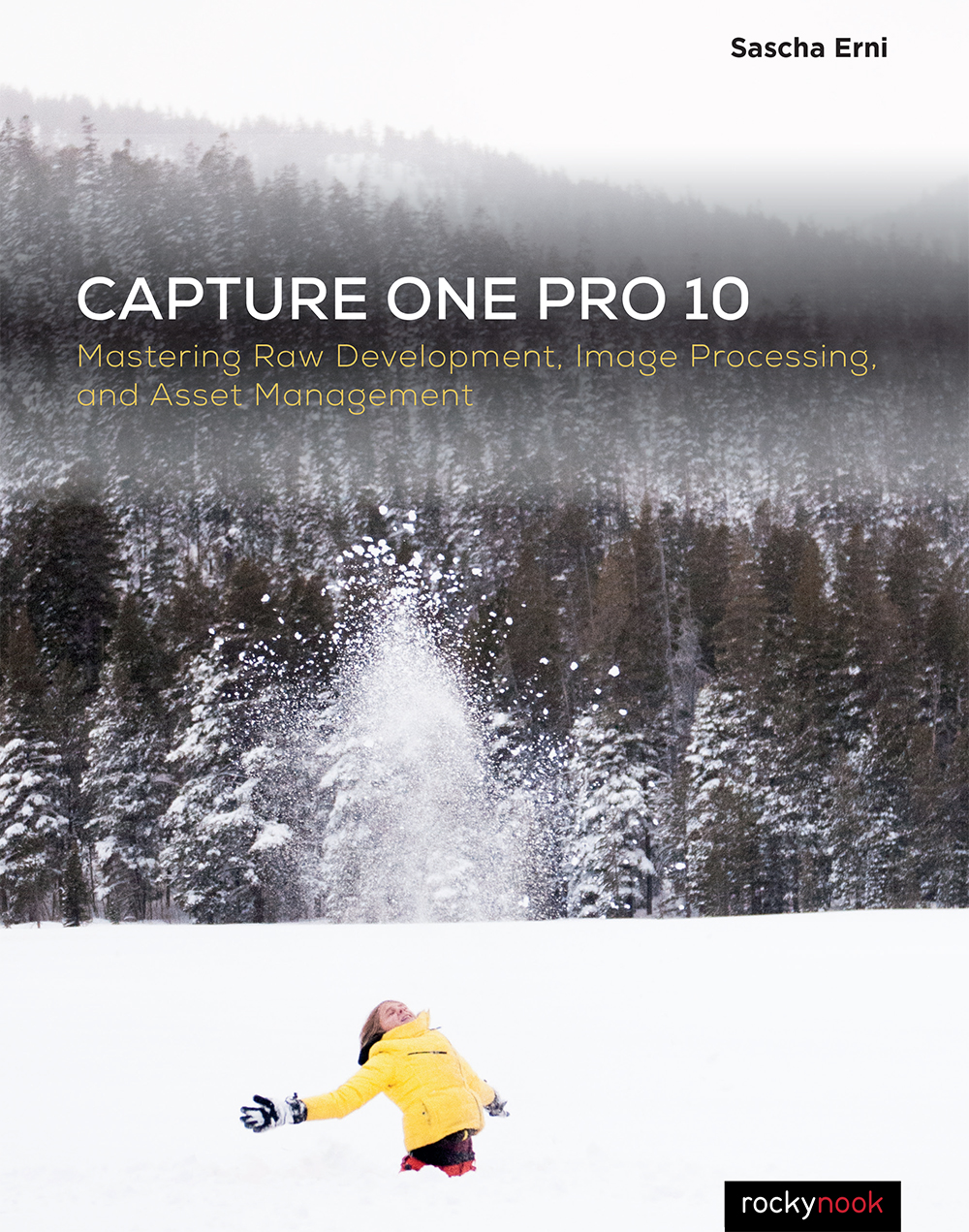
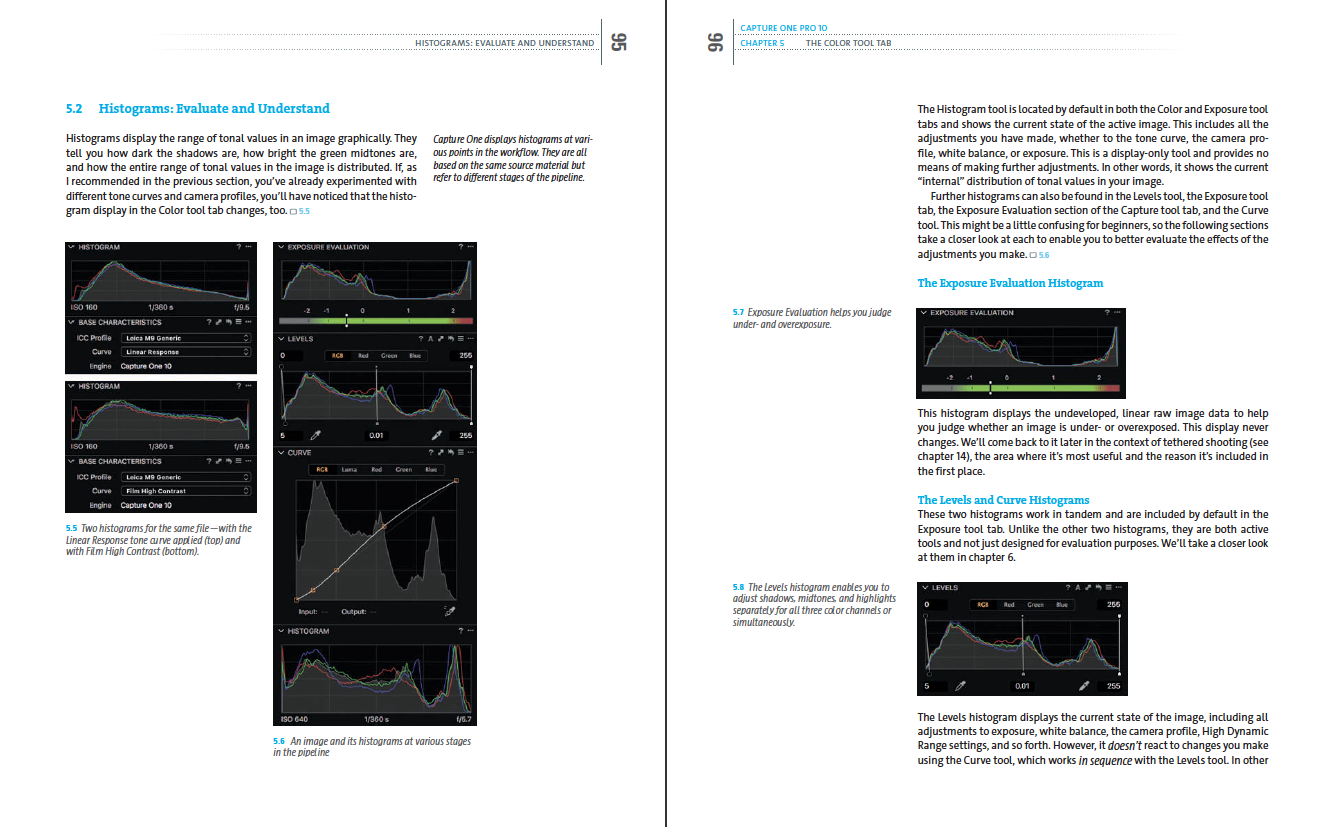
Gloria
So great to be reading a book about using just one flash because that’s almost always what I have when I use flash. Also great that the book covers not just portraits, but still lifes as well.
The author has a PhD in image processing which is way more qualification than I usually see in photography books. Given that he’ll be talking about using flash, I think the education will help. The author begins with the simple technique of using bounce flash for portraits. It’s a long enough section that it gives a very complete education on how to use bounce flash, including shooting at the right angle and with the right settings for exposure. Job well done!
In the same portrait section he covers using shoot-through umbrellas, soft boxes in natural light with flash. I felt comfortable that he was not shortchanging me 🙂 Everything I need seems to be included.
OK, the authors PhD becomes obvious and useful when he tells us how to “outwit physics” in producing a wide-angle photo with shallow depth of field. He calls it a bokeh-filled panorama, or bokehrama. He attributes the technique to Ryan Brenizer and gives us a detailed explanation, sufficient that I feel confident it will be possible to execute. I have never seen this technique discussed in a photography book and I am grateful for the option.
My favorite part of the first half of the book is where he shows us how to use flash to change an overcast afternoon into the “blue hour”. He explains carefully how to do such a thing and give us photographic examples-they are stunning. Can’t wait to use this next time to produce a blurry backgrouond when I do a family shoot.
Later in the book he shows us how to not only freeze smoke patterns with flash but how to then use Photoshop to form the smoke into the shape of a ballerina.Since it is winter, the season to do still lifes, I’m going to give this a try soon. The end result in the book is quite unexpected and lovely.
Toward the end of the book he has a short and welcome section on how do you take quick food photos. Great for bloggers or people who just want to show their family what they’re eating 🙂 He recommends using bounce flash which does away with elaborate equipment for quick food shoots. Great idea to include this in the book.
In the last chapter Gockel covers miscellaneous techniques like bouncing your pop-up flash and stroboscopic effects, among other things. Most fun for me is that he covers how to create and apply flares. I’ve seen that being used lately in the mags I read, but did not know how it was done. Usually I just do it accidentally:)
Happily, this is a well written, very helpful book on using flash techniques photographers need to know about. This book belongs in any photography library. I like to use natural light most of the time but flash is inevitable for some situations. And now I know how to use it!
wepsphoto
Tilo Gockel’s One Flash is a terrific book that will guide you through the use of a single flash unit to light a variety of subjects. The book begins with 3 brief mini-chapters that provide an overview of the use of flash, specific techniques for understanding flash, and a look at gear.
Gockel introduces the concept of utilizing a single flash with an effective analogy- the sun is generally the sole light in outdoor shooting, and it provides amazing variations of light. Can a single speedlight provide the photographer a similar, versatile source? Suppressing ambient light by exposing the subject before firing the flash starts the process- this will assure that ambient light is not affecting the flash exposure. The Aesthetics of Lighting section is especially interesting as it addresses proper light placement to shadows to define shape. The chapter also includes a superb 2-page description of portrait lighting patterns that are rarely described with eloquence and brevity. In describing gear, Gockel states “buy less, shoot more.” In a time where gear-envy and the daily onslaught of emails and web sites announcing the “new and improved” products, this is a refreshing change.
Gockel’s style of shooting is fairly consistent- take an initial shot without flash to establish the background exposure settings (usually -1EV) and then add the flash, attaining the desired main light via trial-and-error, metering, TTL or calculation with GN.
Bounce flash is well described, and Gockel quickly demonstrates the benefit of shooting in raw so as to be able to correct for color casts inevitable when bouncing light.
What follows the opening section are 3 chapters covering different photographic subjects (People, Objects, Food & Drink).
In People, ten “workshops” are presented. If you imagine taking a class on single flash photography, each workshop would be a different assignment that challenges you to try using flash in a different way. Whether it’s creating an evening scene in broad daylight or shooting through material to create shadow-patterns on subjects, the workshops are challenging and open-ended enough to allow for diverse projects on a single theme.
In addition to discussing flash techniques, Gockel presents excellent advice on generating the best bokeh with aperture settings. Equipment beyond the camera and flash are commonly discussed, but he is considerate of the reader’s budget, suggesting alternate approaches to the sometimes pricey gadgets.
Post production plays an important role of many of Gockel’s final people images, and while he does not discuss his post work in great detail, general descriptions of his processes are helpful to those who want to go the extra distance in perfecting their images. While many of the People images are excellent, some definitely display the limitation of using a single light source as high contrast differences on the sides of the face can be detracting (or stylistic, depending on your POV).
Part 2 examines photographing objects. Some of this becomes very complex, such as the need to focus-stack images that are small (jewelry) to capture the required DOF. Here the lighting takes a back seat to the post production in many of the workshops. The workarounds for having a single flash also become more complex, as light painting small objects becomes an art unto itself as you attempt to capture the subject in the best artificial light. Creativity in lighting is key to photographing inanimate objects, and Gockel’s descriptions of his experiments with circuit boards is fascinating and, well, illuminating.
Part 3 is similar to 2, but specifically addresses the challenges of photographing food and drink. Most interesting are the many tricks used for this type of photography- like pre-treating beer bottles to retain water droplets for longer periods of time. As in chapter 2, back lighting again plays a major role in photographing inanimate objects, especially those that are translucent.
Part 4 is brief and describes stroboscopic effects, using an on-camera flash as a bounce flash using a mirror, and an ill-advised DIY merger of two flash tubes into something of a single unit- that should be for the electrically-qualified only!
This is a great book, especially for someone familiar with and comfortable with their speedlight and interested in exploring creative utilization of their tools. There are a few nuances- the author is from Germany and will occasionally reference gear that is not to be found in the US. And despite the fact that mirrorlesss cameras have become more popular, the book is solely Nikon/Canon referenced. Despite these minor issues, this book will challenge most photographers to grow and become more competent in their creative use of single flash photography.
Nikifor (verified owner)
Great book that can be a single reference from zero to hero in using just one strobe light for portrait photography.
Something that I enjoyed most and cannot be usually found in many other books – how to use various modifiers and even make your own!
The print quality is very high, what you would expect from RockyNook anyway. There’s a ton of black ink used, which makes the hard-cover copy a bit more fun to read compared to the eBook variant.
Highly recommended!